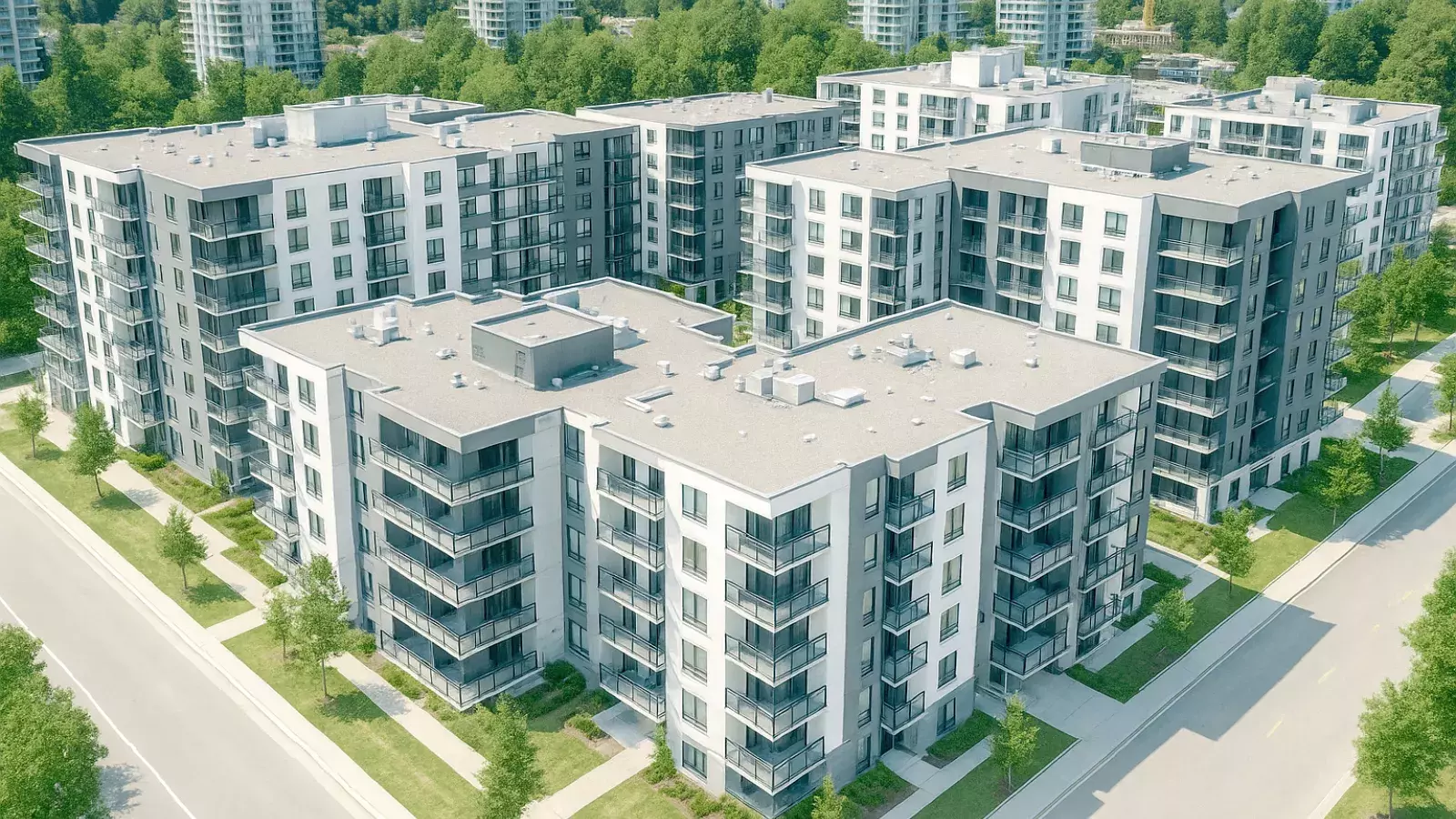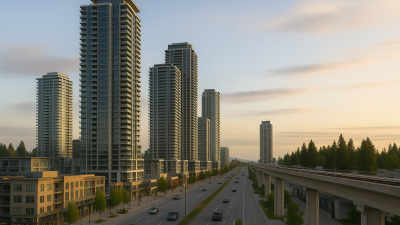After years of runaway demand and record-low vacancy, Metro Vancouver’s purpose-built rental market is entering a new phase—one marked by nuance, competition, and a growing divergence between product types. With nearly 5,500 new rental homes across 35 projects slated for completion in 2025—most of them concrete towers near transit—this year will test how deeply the market’s structural demand can absorb a wave of high-end supply.
At the heart of the shift? A recalibrating rental environment shaped by affordability ceilings, lower immigration projections, and a more discerning renter. What was once a sprint to build and fill has become a more measured game of product-market fit.
These insights come from our most recent Metro Vancouver Rental Market Analysis, which examines current and future trends across the region’s evolving rental landscape. As the market recalibrates, this report provides a critical snapshot of how developers, renters, and investors are adapting in real time.
Vacancy Edges Up, Leasing Incentives Return
Our forecast calls for a significant share of the 5,480 new purpose-built rental units expected this year to come online in the first half of 2025, creating a dense leasing environment just as demand shows early signs of easing. While long-term fundamentals (population growth and elevated ownership costs among them) remain intact, short-term conditions are shifting.
“Renters are reaching affordability limits and a growing supply of top-tier rental units is beginning to tip market dynamics in favour of tenants,” says Garde MacDonald, our Director of Advisory at MLA Canada. Landlords are increasingly offering incentives that were once considered unnecessary in Metro Vancouver—two months’ free rent, reduced deposits, and added perks like gift cards or streaming service subscriptions.
The use of these incentives is most pronounced in premium concrete buildings clustered around transit hubs. In these high-density areas, multiple completions are coming to market within the same window, extending lease-up timelines and increasing competition for a fixed pool of quality tenants.
Where the Demand Is—and Isn’t
Despite more choice in the market, value-oriented rental product continues to outperform. Studios, one-bedrooms, and junior two-bedroom homes, especially those in walkable, well-connected neighbourhoods, are attracting steady interest. According to the report, price-per-square-foot remains highest in Downtown Vancouver ($5.30), followed by Vancouver West ($4.80) and Vancouver East ($4.70). But even in these premium submarkets, rents are stabilizing, particularly at the higher end.
“A surge of completions is expected in the coming months, creating a competitive leasing environment amid already softening conditions,” explains MacDonald. “With much of the new supply targeting the premium segment, an oversupply risk is emerging.”
This is placing pressure on developers to sharpen their unit mix, rethink amenities, and adjust pricing expectations, particularly in projects that have leaned heavily into upscale design without a clear renter value proposition.
The Changing Face of the Renter
Shifting immigration policies are beginning to impact Metro Vancouver’s renter demographic. With federal immigration targets cut by more than 445,000 in both 2025 and 2026, interest from newcomer populations—who typically enter the rental market first—is expected to taper off.
At the same time, investor demand is waning. “We’re seeing more projects aimed at end-user tenants like downsizers and professionals who value stability, convenience, and location over short-term capital appreciation,” adds MacDonald.
These renters are looking for thoughtfully programmed buildings that complement their lifestyle: curated amenity packages, co-working spaces, and flexible layouts that support long-term use, not just temporary tenancy.
Developer Strategy: Focus, Flexibility, and Fit
In response to slower absorption, developers are adopting more agile leasing strategies. Many are reducing the volume of units released at once or staggering lease-ups by floor or building phase. The goal isn’t to fill quickly; it’s to match product and pricing to today’s more cautious renter.
“A lot of the premium concrete developments are clustered together, creating overlap and drawing out timelines,” says MacDonald. “Developers need to be really strategic about their approach to leasing.”
Amenity programming is also being rethought. Gone are oversized lobbies and underused lounges; today’s renters expect bike rooms, secure parcel lockers, fitness spaces, and tech-forward conveniences. The most successful projects this year are leaning into this shift with lifestyle-forward features that support daily life and community connection.
Looking Ahead: What Comes Next
The rest of 2025 will be a litmus test. As MacDonald puts it: “The market is no longer forgiving. Developers will need to put the right product in the right place, or they risk getting lost in the crowd.”
If demand lags, expect a continued rise in incentives and strategic adjustments to unit mix and marketing. But this is not a market in freefall—it’s one adjusting to new dynamics. The long-term fundamentals remain intact, and purpose-built rentals continue to offer value to developers and renters alike. The winners in this cycle will be those who meet the moment with clarity: offering the right product, at the right price, to the right demographic.



